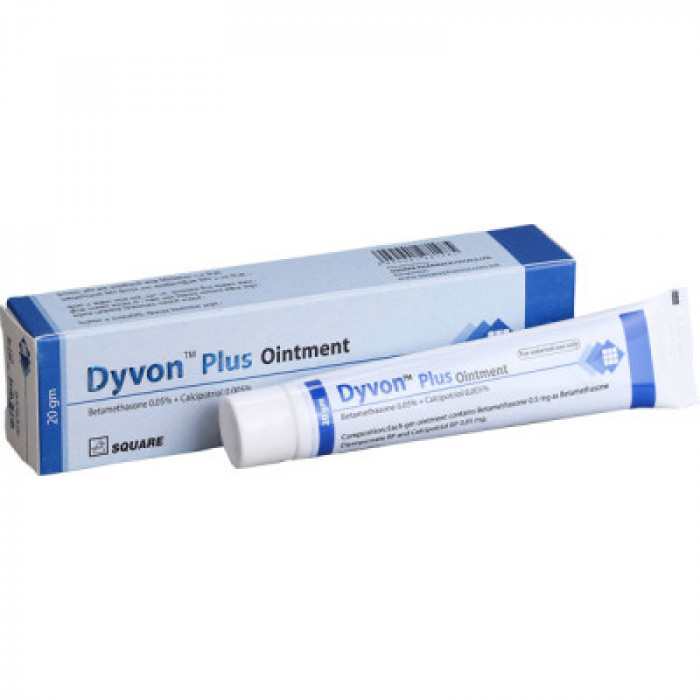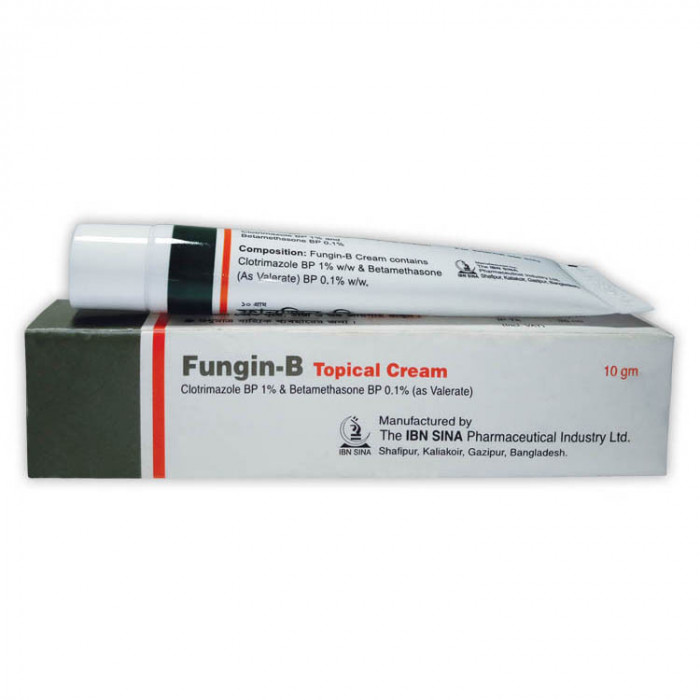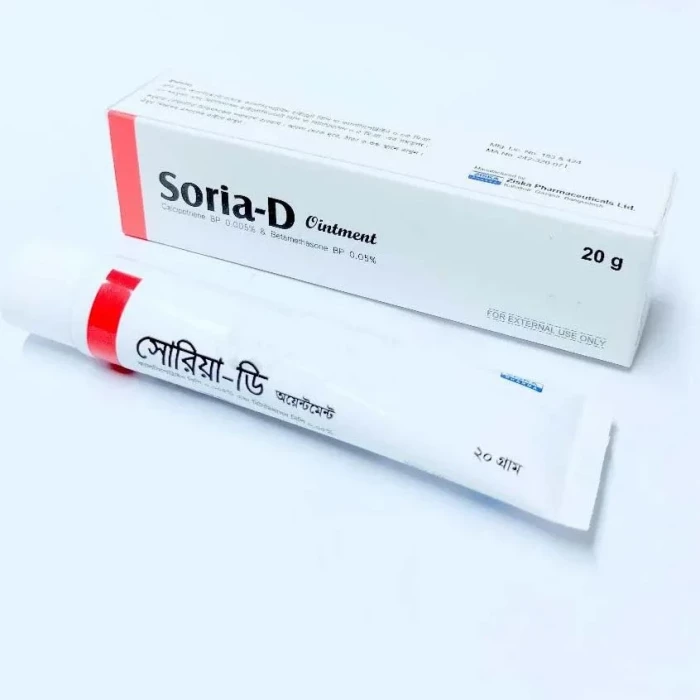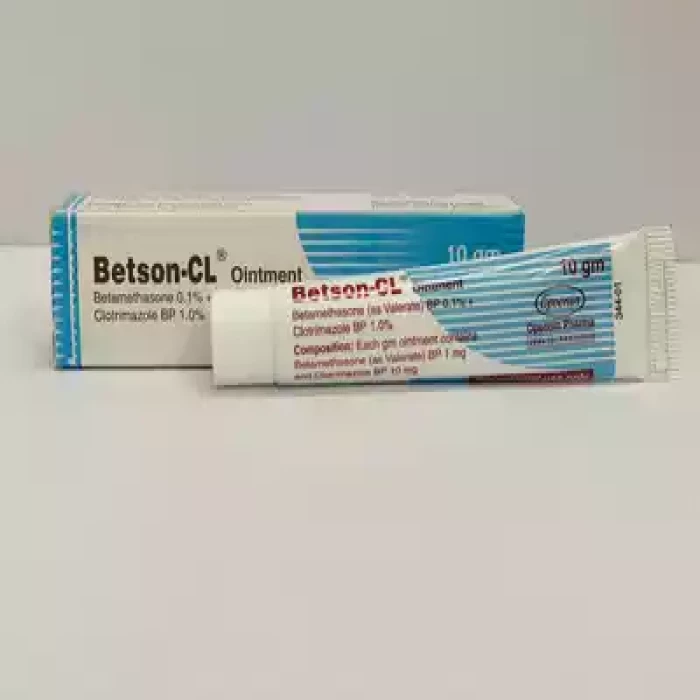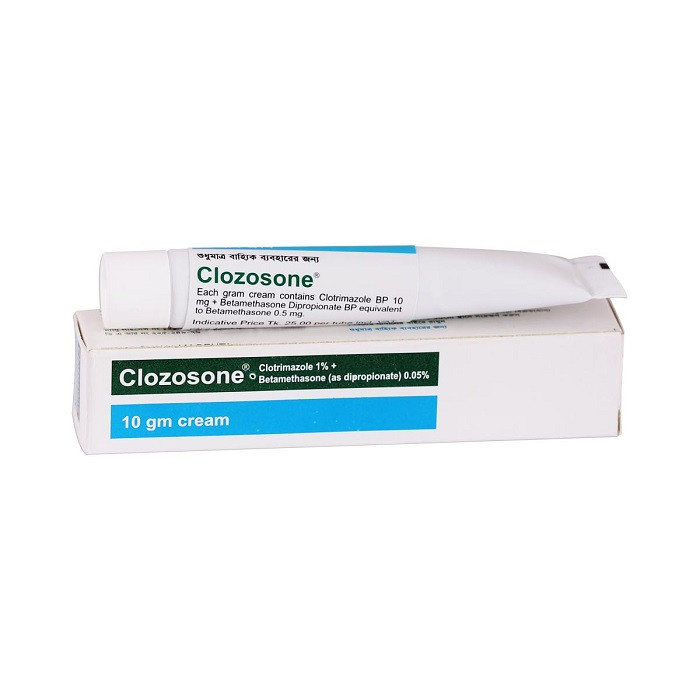
✔ 100% Authentic Product
👁️ Currently Viewing 1457
Clozosone Cream (0.1%+1%) 10gm
Cream Manufacturer/Distributor: Unimed & Unihealth Manufacturers Ltd. Generic Name: Betamethasone 0.05% + Clotrimazole 1% Cream
Discount
Price: ৳ 24
MRP:
৳
25
5%
Off

100% Genuine Products, Guaranteed

Safe & Secure Payments, Always

Fast, Secure & Efficient Delivery

Proper Packaging
 Cash on Delivery - All over Bangladesh
Cash on Delivery - All over Bangladesh Regular Delivery - 12-24 Hours, Dhaka City* Charge Tk.39-59
Regular Delivery - 12-24 Hours, Dhaka City* Charge Tk.39-59 Regular Delivery - 24-48 Hours, Other Cities* Charge Tk.99-110
Regular Delivery - 24-48 Hours, Other Cities* Charge Tk.99-110
 ফ্রি ডেলিভারিঃ - ৯৯৯ টাকা+ অর্ডারে, ঢাকা
শহরে
ফ্রি ডেলিভারিঃ - ৯৯৯ টাকা+ অর্ডারে, ঢাকা
শহরে ফ্রি ডেলিভারিঃ - ২৯৯৯ টাকা+ অর্ডারে, ঢাকার
বাহিরে
ফ্রি ডেলিভারিঃ - ২৯৯৯ টাকা+ অর্ডারে, ঢাকার
বাহিরে
100% Genuine Products, Guaranteed
Safe & Secure Payments, Always
Fast, Secure & Efficient Delivery
Proper Packaging
 Cash on Delivery - All over Bangladesh
Cash on Delivery - All over Bangladesh Regular Delivery - 12-24 Hours, Dhaka City* Charge Tk.39-59
Regular Delivery - 12-24 Hours, Dhaka City* Charge Tk.39-59 Regular Delivery - 24-48 Hours, Other Cities* Charge Tk.99-110
Regular Delivery - 24-48 Hours, Other Cities* Charge Tk.99-110 ফ্রি ডেলিভারিঃ - ৯৯৯ টাকা+ অর্ডারে, ঢাকা
শহরে
ফ্রি ডেলিভারিঃ - ৯৯৯ টাকা+ অর্ডারে, ঢাকা
শহরে ফ্রি ডেলিভারিঃ - ২৯৯৯ টাকা+ অর্ডারে, ঢাকার
বাহিরে
ফ্রি ডেলিভারিঃ - ২৯৯৯ টাকা+ অর্ডারে, ঢাকার
বাহিরে
✅ Description:
Clozosone is a combination medicine. It is used to treat various types of skin infections usually the fungal type of skin infections. It minimizes symptoms of inflammation such as redness, swelling, and itching. It also acts against the infection-causing microorganisms. Clozosone is only meant for external use and should be used as advised by your doctor. A thin layer of the medicine should be applied only to the affected areas of the skin with clean and dry hands. If it gets into your eyes, nose, mouth, or vagina rinse with water. It may take several days to weeks for your symptoms to improve, but you should keep using this medicine regularly. The course of the treatment should be completed to ensure better efficacy of the medicine. If your condition does not improve or gets worse, you should talk to your doctor. The most common side effect of this medicine includes itching, dryness, redness, and burning sensation at the application site. These are usually self-limiting. Serious side effects are rare. You must consult the doctor if you experience any allergic reaction (rashes, itching, swelling, shortness of breath, etc.). Before taking this medicine, it is important to tell your doctor if you are taking or have recently taken any other medicines for the same disease or other diseases. Pregnant and breastfeeding women should take this medicine with proper consultation and caution. If you are a known allergic to the medicine, you must refrain from using this medicine. You should consult the doctor about prescribing an alternative medicine for your condition.
Uses of Clozosone
- Skin infections
Side effects of Clozosone
Common
- Application site reactions (burning, irritation, itching and redness)
- Thinning of skin
- Skin peeling
How to use Clozosone
This medicine is for external use only. Use it in the dose and duration as advised by your doctor. Check the label for directions before use. Clean and dry the affected area and apply the cream. Wash your hands after applying, unless hands are the affected area.
How Clozosone works
Clozosone is a combination of two medicines: Betamethasone and Clotrimazole which treat skin infections. Betamethasone is a steroid which blocks the production of certain chemical messengers (prostaglandins) that make the skin red, swollen and itchy. Clotrimazole is an antifungal which stops the growth of fungi on the skin by preventing them from forming their own protective covering.
Quick Tips
- You have been prescribed Clozosone for the treatment of fungal skin infections.
- It is for use on skin only. Do not use it in your eyes, mouth, or vagina. Rinse with cold water if you accidentally get it in these areas.
- Do not cover the area being treated with airtight dressings such as bandages unless directed by a doctor, as this may increase the risk of side effects.
- If you think the area of skin you are treating has become more irritated and infected, you should stop using Clozosone and consult your doctor.
- Do not use this medicine more often or for longer than advised by your doctor. Inform your doctor if the treated skin area does not improve after 2 weeks of treatment.
Brief Description
Indication
Tinea pedis, tinea cruris, tinea corporis, ringworm, athlete's foot, jock itch.
Adult Dose
Tinea Pedis, Tinea Cruris, & Tinea Corporis Apply to infected area q12hr for 2 weeks for tinea cruris and tinea corporis; 4 weeks for tinea pedis Allergic or Inflammatory Diseases Apply to affected area in the morning and evening
Child Dose
<17 years: Safety and efficacy not established
Contraindication
Patients who are sensitive to clotrimazole, betamethasone dipropionate, other corticosteroids or imidazoles, or to any ingredient in these preparations.
Mode of Action
Betamethasone is a corticosteroid with mainly glucocorticoid activity. It prevents and controls inflammation by controlling the rate of protein synthesis, depressing the migration of polymorphonuclear leukocytes and fibroblasts, and reversing capillary permeability and lysosomal stabilisation. Clotrimazole is an antifungal agent that binds to phospholipids in the fungal cell membrane. It causes loss of essential intracellular components by altering cell wall permeability.
Precaution
Systemic absorption of topical corticosteroids can produce reversible hypothalamic-pituitary-adrenal (HPA) axis suppression with the potential for glucocorticosteroid insufficiency after withdrawal of treatment. Manifestations of Cushing's syndrome, hyperglycemia, and glucosuria can also be produced in some patients by systemic absorption of topical corticosteroids while on treatment. Conditions which augment systemic absorption include use over large surface areas, prolonged use, and use under occlusive dressings. If HPA axis suppression is noted, an attempt should be made to withdraw the drug, to reduce the frequency of application, or to substitute a less potent corticosteroid. Pediatric patients may be more susceptible to systemic toxicity from equivalent doses due to their larger skin surface to body mass ratios Lactation: Excretion in milk unknown; use with caution
Side Effect
1-10% Dry skin (2%),Paresthesia (2%),Local burning (2%) <1% Edema,Rash,Skin atrophy,Secondary infection,Skin ulceration,Acneiform eruption,Bruising,Folliculitis,Striae Clotrimazole Erythema,Stinging,Blistering,Peeling,Edema,Pruritus,Urticaria,General skin irritation Betamethasone Burning,Itching,Irritation,Dryness,Folliculitis,Hypertrichosis,Acneiform eruptions,Hypopigmentation,Perioral dermatitis,Allergic contact dermatitis,Skin maceration,Skin atrophy,Striae,Miliaria,HPA suppression (with higher potency used >2 wk)
Pregnancy Category Note
Pregnancy There are no available data on topical betamethasone dipropionate or clotrimazole use in pregnant women to identify drug associated risk of major birth defects, miscarriage, or adverse maternal or fetal outcomes; observational studies suggest an increased risk of low birthweight infants with use of potent or very potent topical corticosteroid during pregnancy Advise pregnant women that therapy may increase risk of having a low birthweight infant and to use drug on the smallest area of skin and for shortest duration possible Animal data In an animal reproduction study, betamethasone dipropionate caused malformations (ie, umbilical hernias, cephalocele, and cleft palate) in pregnant rabbits when given by intramuscular route during organogenesis The available data do not allow calculation of relevant comparisons between systemic exposure of clotrimazole and/or betamethasone dipropionate observed in animal studies to systemic exposure that would be expected in humans after topical use of drug Lactation Advise a woman to apply drug to smallest area of skin and for shortest duration possible while breastfeeding; advise breastfeeding women not to apply drug directly to nipple and areola to avoid direct infant exposure
⚠️Disclaimer:
At ePharma, we’re committed to providing accurate and accessible health information. However, all content is intended for informational purposes only and should not replace medical advice from a qualified physician. Please consult your healthcare provider for personalized guidance. We aim to support, not substitute, the doctor-patient relationship.





